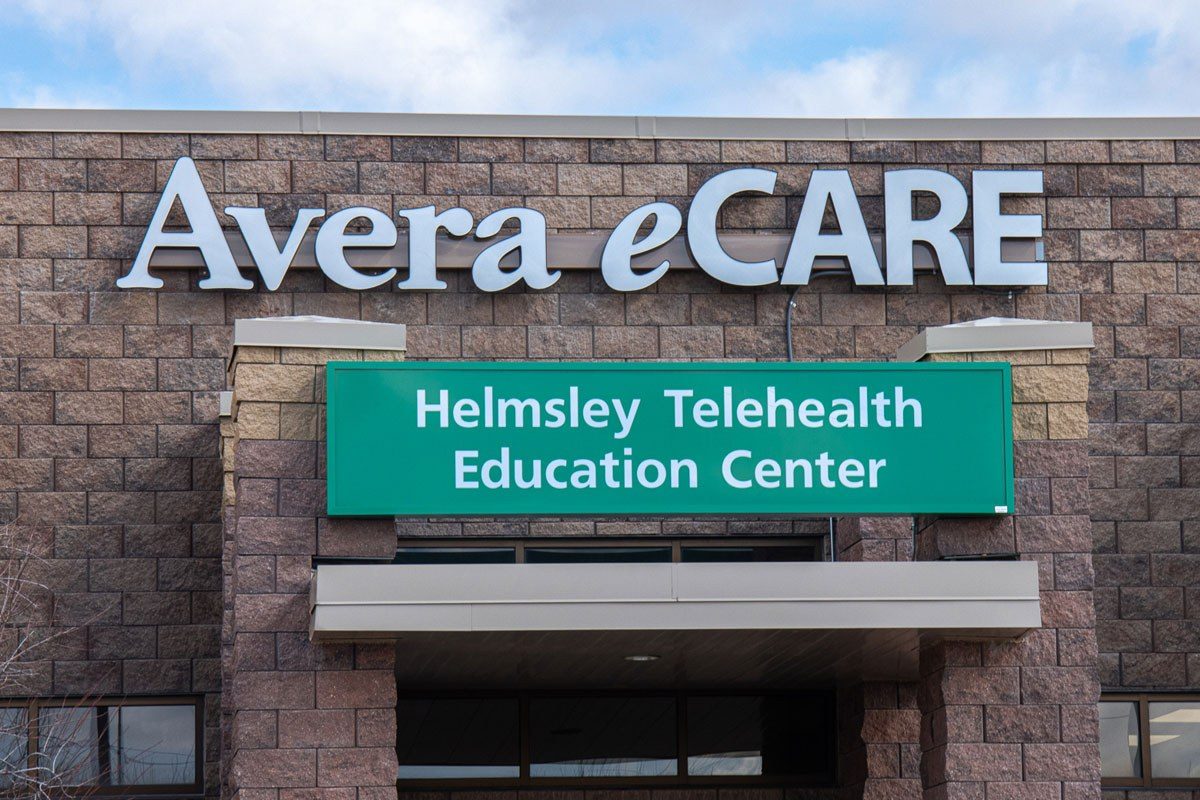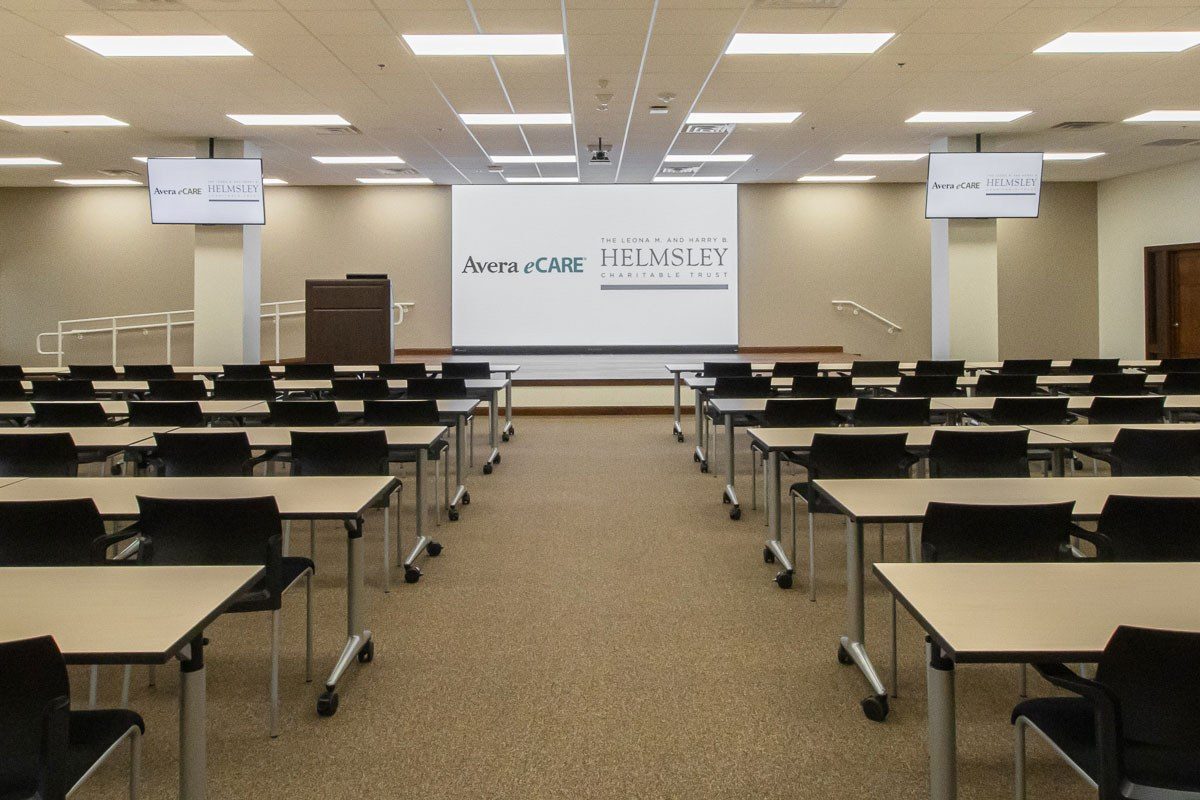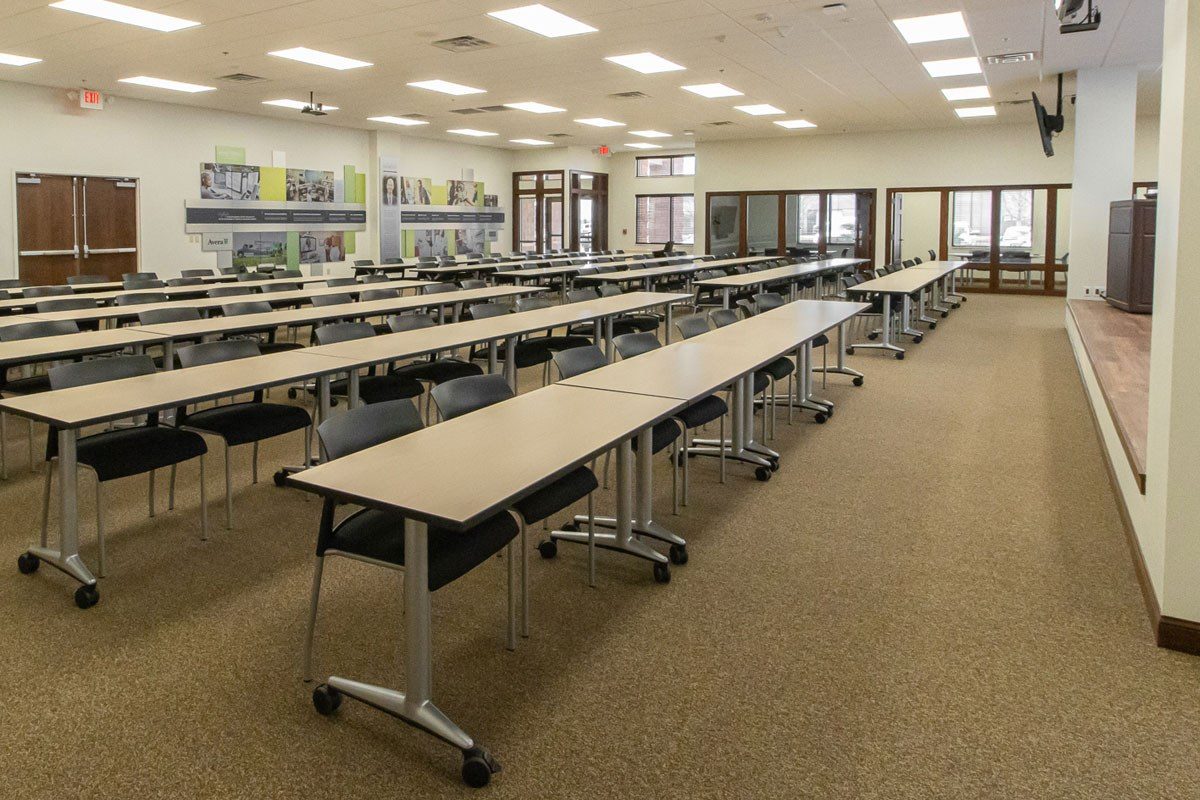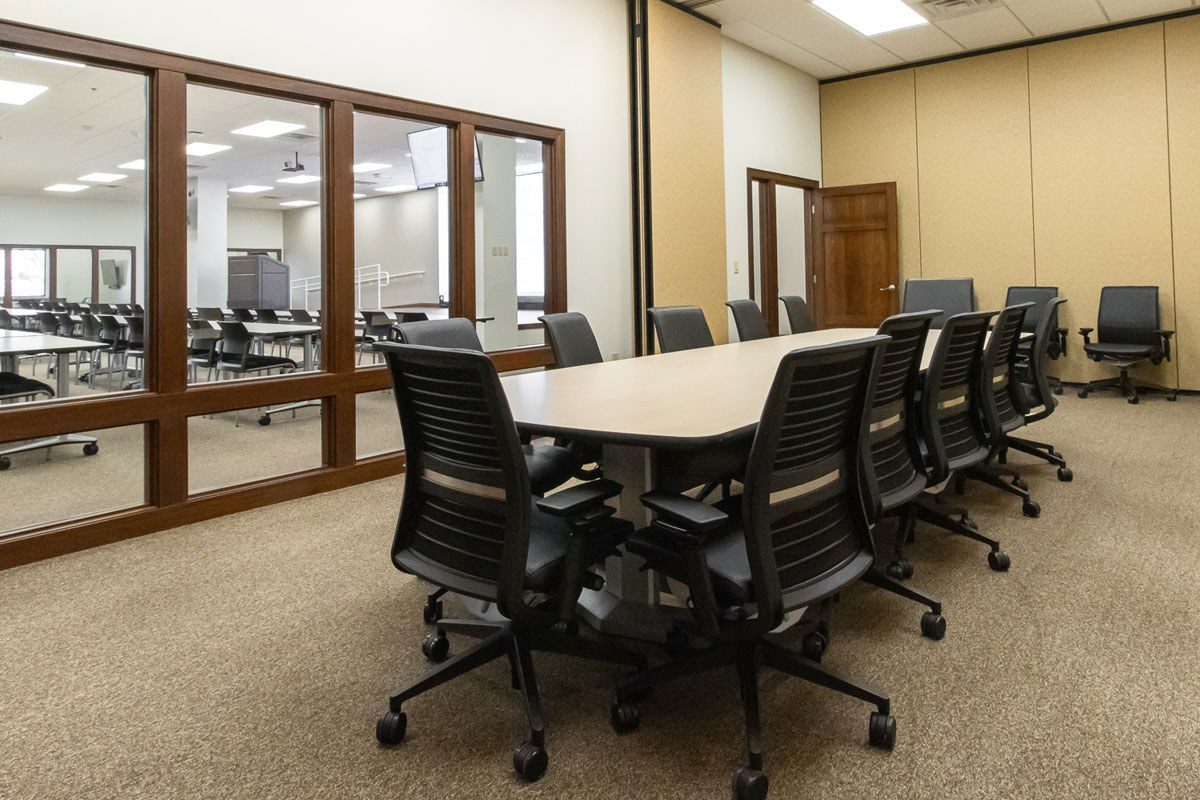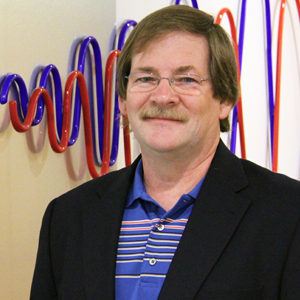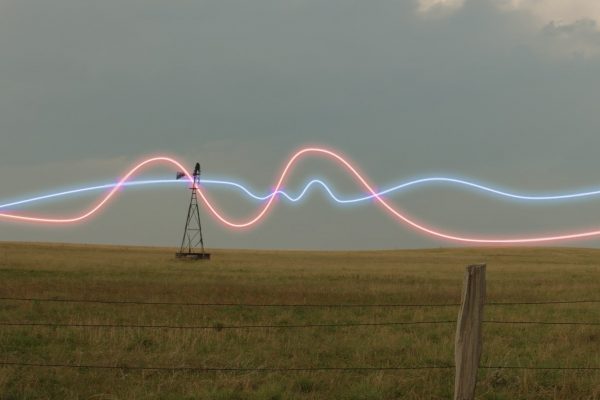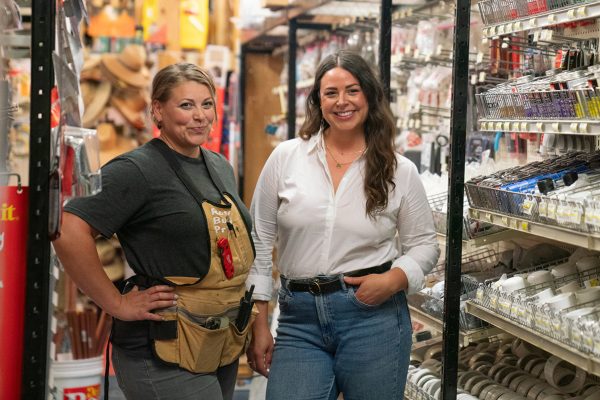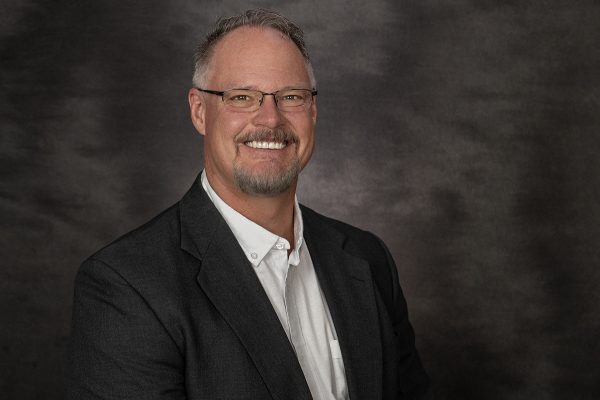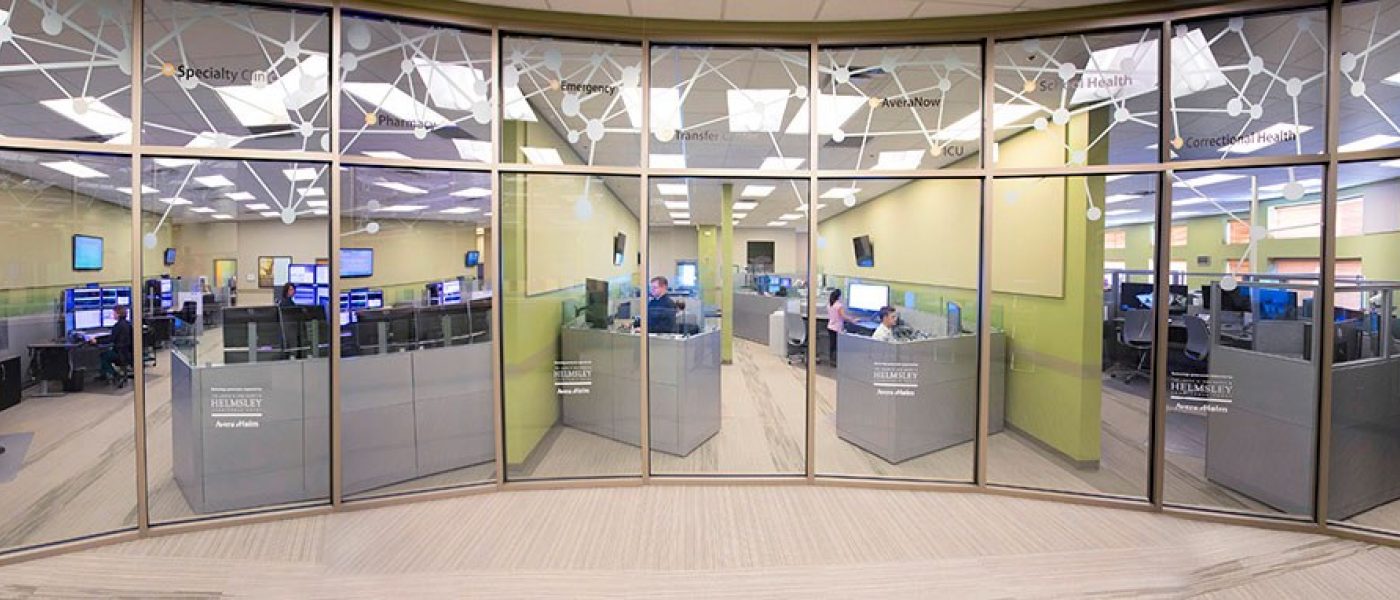
Avera eCARE was defining how medical services could be effectively delivered even before COVID-19 emerged in early 2020 as a dominating, global, health-care challenge.
The pandemic has thrust the Sioux Falls-based organization into an even greater role in remotely providing medical assistance to regional affiliates of Avera Health and other health-care facilities across the nation.
The Avera eCARE center in northern Sioux Falls is a virtual hospital staffed on-site and remotely with doctors, nurses, pharmacists and other health-care experts. Patients are not in the center, however. The organization uses interactive, computer technology to provide high-quality assistance to other facilities around the clock.
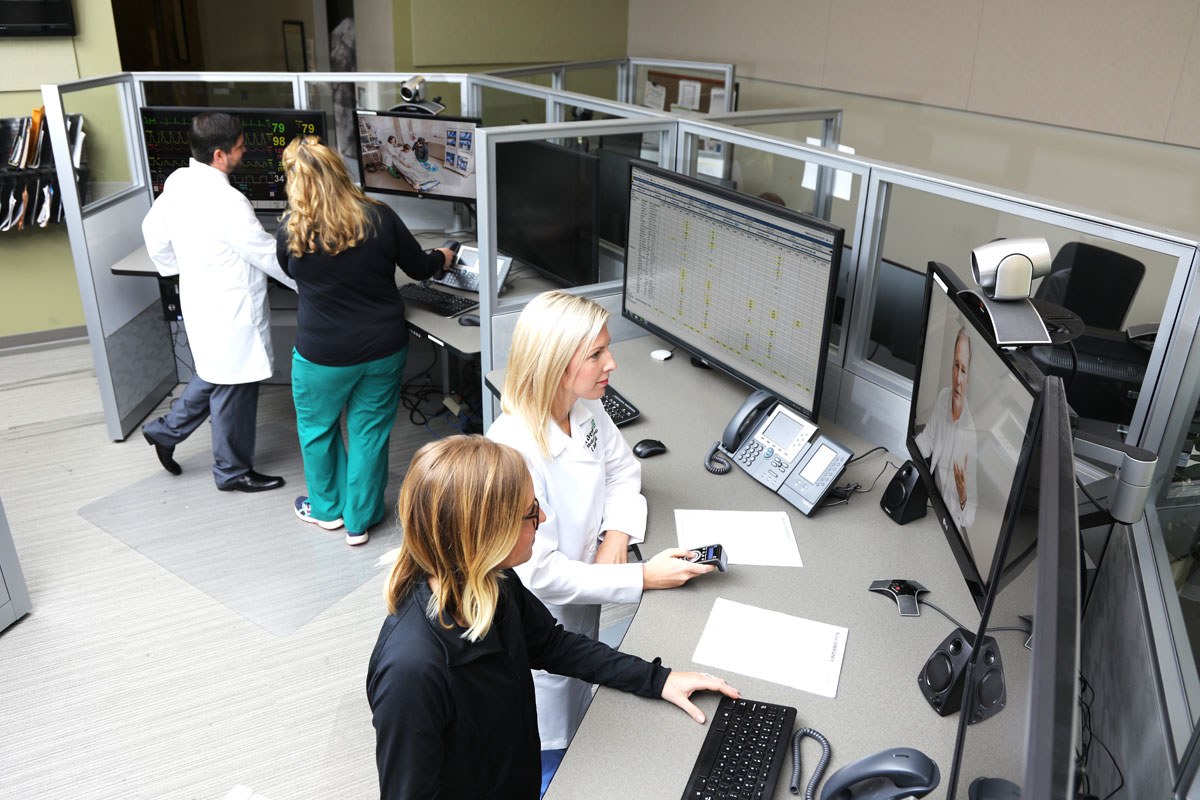
The care center’s list of available services is impressive and growing. Areas of expertise range from assisting with behavioral and emergency care to intensive and specialty care, especially in rural and underserved areas.
Avera eCARE was an early adapter to the audio and visual technologies that have made remote care possible. It has been assisting health-care institutions for 26 years. As the organization gained experience and technology improved, clients and services increased.
In 2009, a grant from The Leona M. and Harry B. Helmsley Charitable Trust helped the organization launch eCARE emergency and pharmacy services. In 2017, Avera eCARE expanded its reach by opening a telemedicine hub in San Antonio, Texas.
Today, the virtual health system provides services to more than 500 sites in 32 states. Customers include 15 percent of the critical-access hospitals in the United States.
Avera eCARE took another big step in telemedicine recently by opening the Helmsley Telehealth Education Center in another building near its service center. The Education Center will help train telehealth providers across the nation.
Although the pandemic has presented major problems for some health-care providers, Clavel expects changes prompted by challenges to have lasting and positive impacts on telemedicine.
Nationally, the spread of COVID-19 temporarily reduced demand for some medical services. Because of the pandemic, people haven’t traveled as much as normal. Some construction activity also has slowed. That’s reduced the number of accidents and the demand for related emergency room services.
Meanwhile, however, demand for services such as senior care has skyrocketed because of the pandemic, Clavel said. In recent months, hundreds of video endpoints have been added to facilities such as nursing homes within Avera Health’s, multistate, regional market. The equipment is used to help remotely monitor the condition of residents and assist staffers.
“Our senior care service line just went off the charts,” Clavel said.
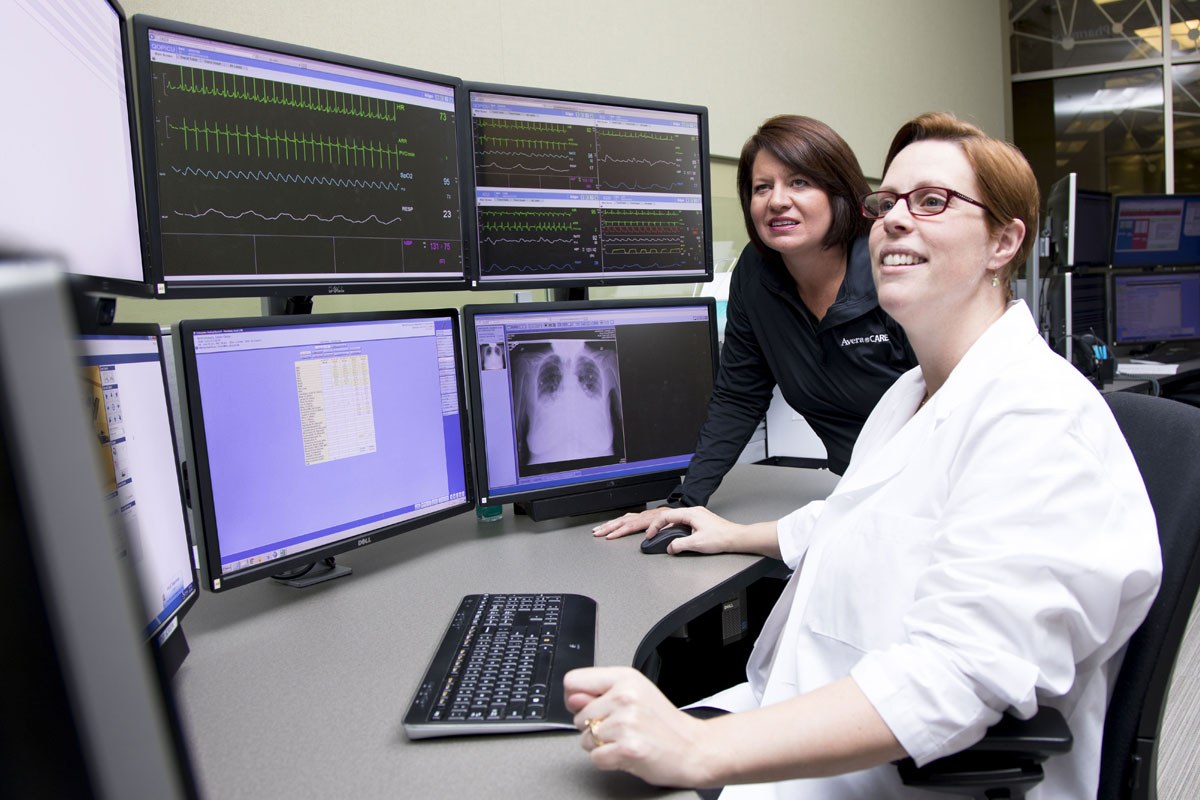
There have been numerous, recent incidents in the region in which patients have been able to get the assistance they needed remotely, without having to drive hundreds of miles to Sioux Falls, Fargo, Billings, or some other city for maybe a 10-minute exam. That saves families time as well as travel expenses.
Changes also are happening behind the scenes, Clavel said. For example, reimbursements to service providers from insurances companies have improved.
SDN Communications is proud to be one of Avera eCARE’s primary providers of fast, reliable, fiber connectivity, which makes e-services possible. High-quality connectivity enables the medical experts at Avera eCARE to literally save lives.
The telehealth organization will continue to evaluate its service lines and look for ways to improve its hardware and software platform so that it can provide services more even efficiently and securely, Clavel said.
“We continue to march down the path of being innovative and watching new technology that comes out,” he said. “People are always inventing something that’s faster, cheaper and better.”
SDN is a leader in providing business internet, private networking and cloud connectivity to businesses and organizations in communities such as Sioux Falls, Rapid City, Worthington, and the surrounding areas.
-
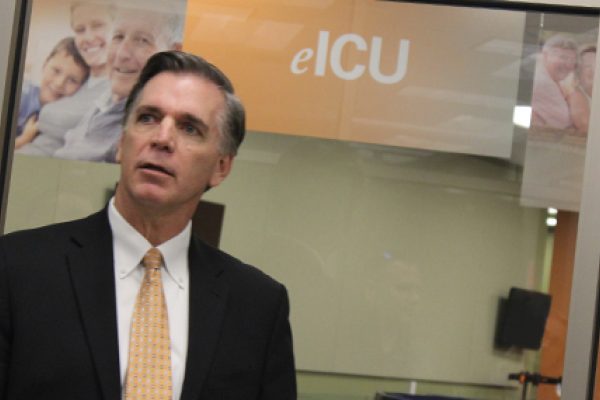 Virtual hospital connects rural clinics with medical assistance via fiber
Virtual hospital connects rural clinics with medical assistance via fiber -
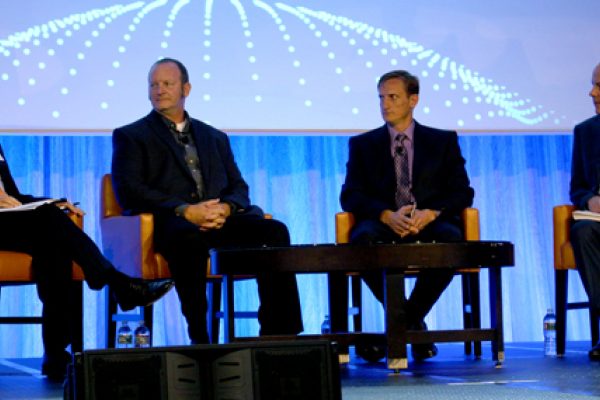 Nat'l telemedicine panel highlights Avera eCARE, where connections are more human than technical
Nat'l telemedicine panel highlights Avera eCARE, where connections are more human than technical -
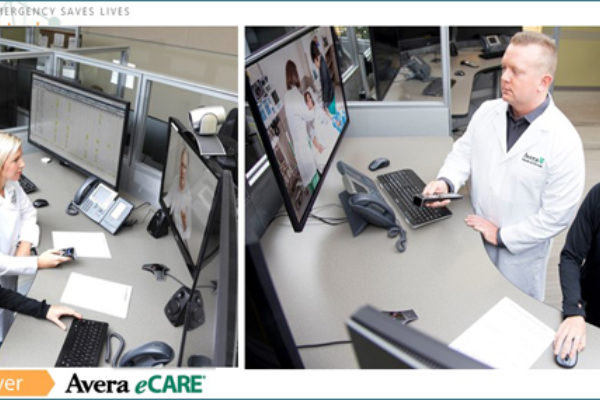 Be careful - One, misplaced dig could cut lifesaving services
Be careful - One, misplaced dig could cut lifesaving services -
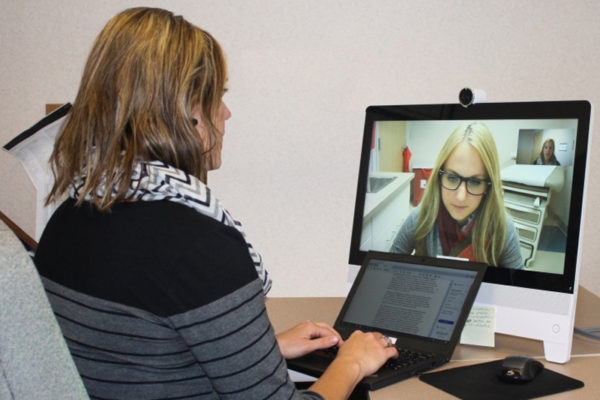 Telemedicine in demand, shows promise in mental health treatment
Telemedicine in demand, shows promise in mental health treatment -
 Telehealth effectively helps fight virus, but legal work remains
Telehealth effectively helps fight virus, but legal work remains
